Blog & news
Learn about inspiring stories from the seven regions of the world: Africa, Arctic, Asia, Latino America, North America, Pacific, Russia.

Behind Pawanka, There is a Great History
Eight years ago, in the midst of the United Nations World Conference on Indigenous Peoples, Pawanka Fund was born as a Fund for indigenous ways of knowing and learning. Throughout its existence, it has built relationships of trust, creating networks and promoting the articulation between local and global processes. With the direction of a Guiding

Swidden Cultivation in Gawaan, Balbalan and Limos, Pinukpuk, Kalinga
With the objective of documenting environmentally sound and detrimental practices in the farming of swiddens – known as kaingin in most parts of Luzon and uma in Northern Luzon – we conducted interviews with key informants and case respondents, and did some photo and video documentation in two sample barangay within the Kalinga culture area: Gawaan in the municipality
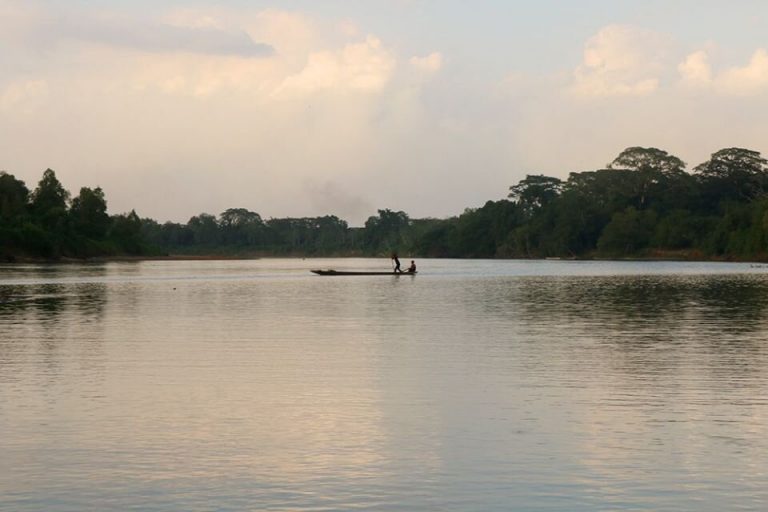
Traditional peoples hold key to healthy ecosystems, Vatican official says
by Barbara Fraser The Earth’s warming temperatures are having a disproportionate negative impact on Indigenous peoples, those of African descent and migrants, but their ancestral wisdom is essential to efforts to reduce the impacts of climate change and preserve biodiversity, a top Vatican official said. Speaking at a virtual conference May 27 sponsored by the Vatican
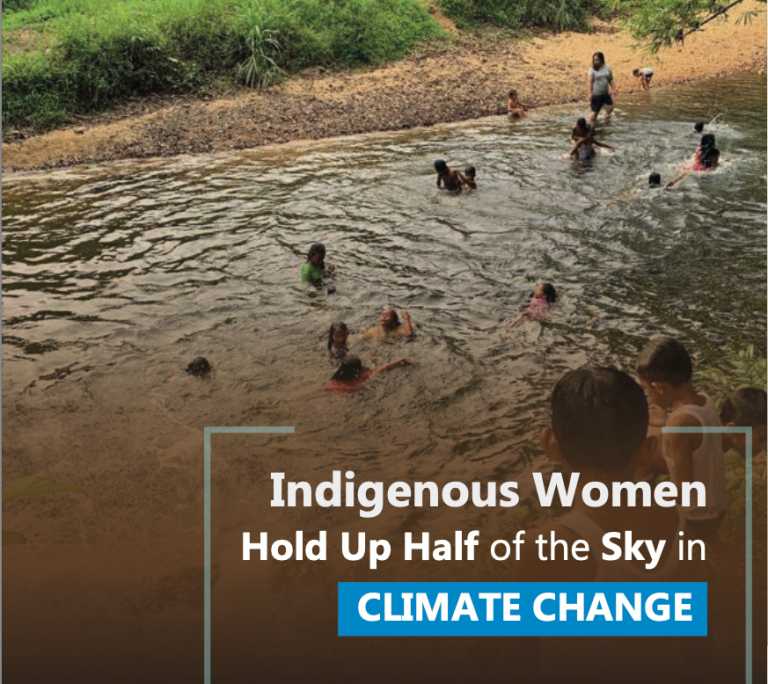
Indigenous women hold up half of the sky in climate change
In an indigenous community in Landak Regency, West Kalimantan, Indonesia, 22 year-old Mini Lestari had just completed her participation in a project. She shared her realizations thus, “A lot of changes were happening; nature was not as it used to be. Dry and rainy seasons would come erratically, making it difficult for us to start
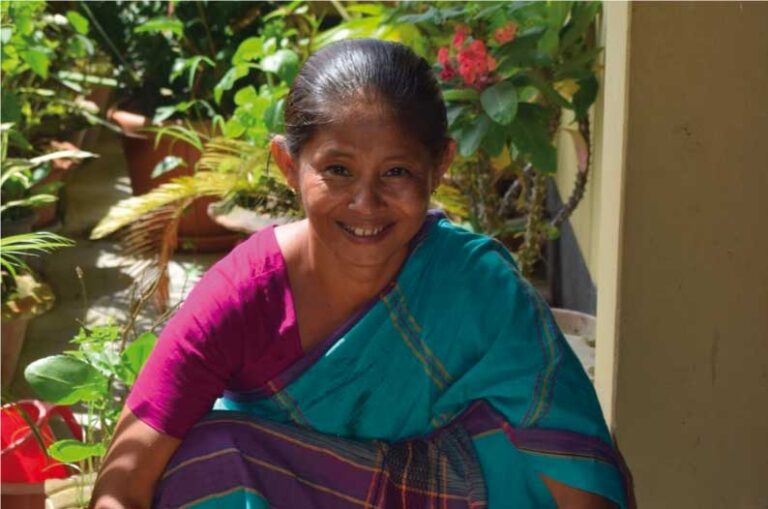
Traditional Knowledge for Resilient Livelihood: Agriculture sector’ book
Preamble Massage from the Editor Chittagong Hill Tracts is located in the South Eastern part of Bangladesh that comprises of the three Hill Districts of Bandarban, Rangamati and Khagrachari. It shares common international border with Myanmar and India (the states of Mizoram and Tripura). The region is largely hilly and rocky which made the region
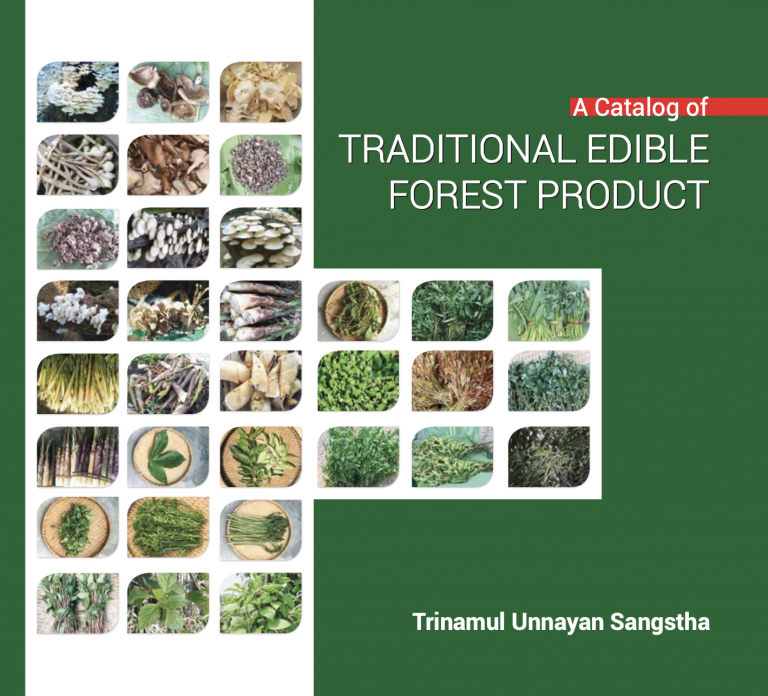
A Catalog of Traditional Edible Forest Products
A Catalog of Traditional Edible Forest Products by Trinamul Unnayan Sangstha PREAMBLE Chittagong Hill Tracts is located in the South Eastern part of Bangladesh that comprises of the three Hill Districts of Bandarban, Rangamati and Khagrachari. It shares common international border with Myanmar and India (the states of Mizoram and Tripura). The region is largely

VICTORIA SAAMI SOBRE LOS DERECHOS DE PESCA
El pueblo indígena Saami habita en la parte norte de la península escandinava y en gran parte de la península de Kola: en Suecia, Noruega, Finlandia y Rusia. En Finlandia viven cerca de 8.000 Saami, lo que supone aproximadamente el 0.16 % de la población total finlandesa, de unos cinco millones de habitantes […] Políticamente, el
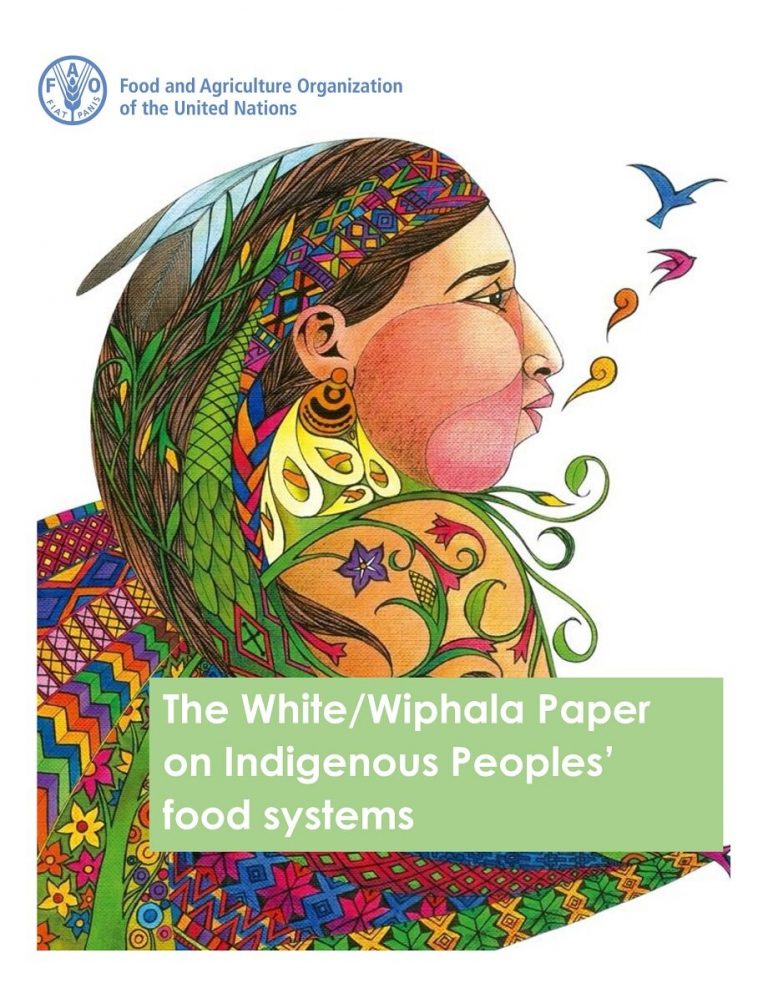
The White/Wiphala Paper on Indigenous Peoples’ food systems
PREFACE The drafting of this White/Wiphala Paper was coordinated by the Global-Hub on Indigenous Peoples’ Food Systems and edited by a Technical Editorial Committee that summarised the main points received. The White/Wiphala Paper on Indigenous Peoples’ food systems is the result of collective work by indigenous and non-indigenous experts, scientists and researchers. The initial draft
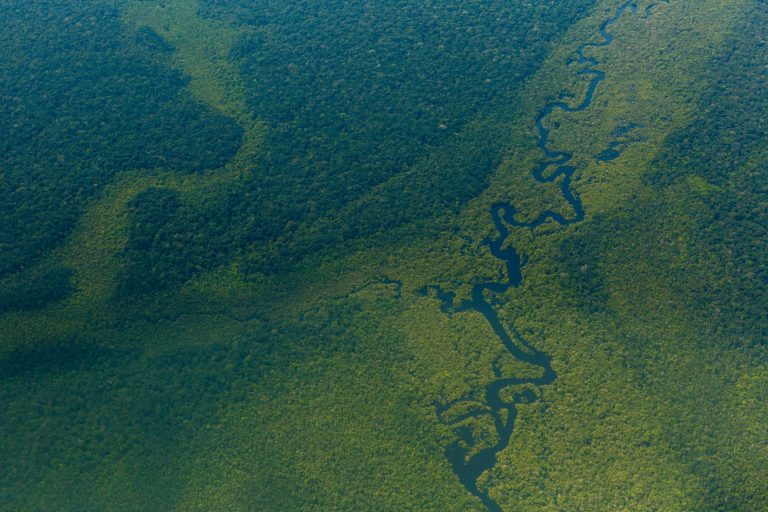
The Best Protection For Forests? The People Who Live In Them
The Amazon Rainforest. Credit: Diego Baravelli/picture alliance via Getty Images Vast forests across Latin America and the Caribbean that are critical for storing carbon and conserving biodiversity are under increasing assault from logging, mining and ranching. But the best defense to this deforestation lies with the people who have lived in the forests for hundreds
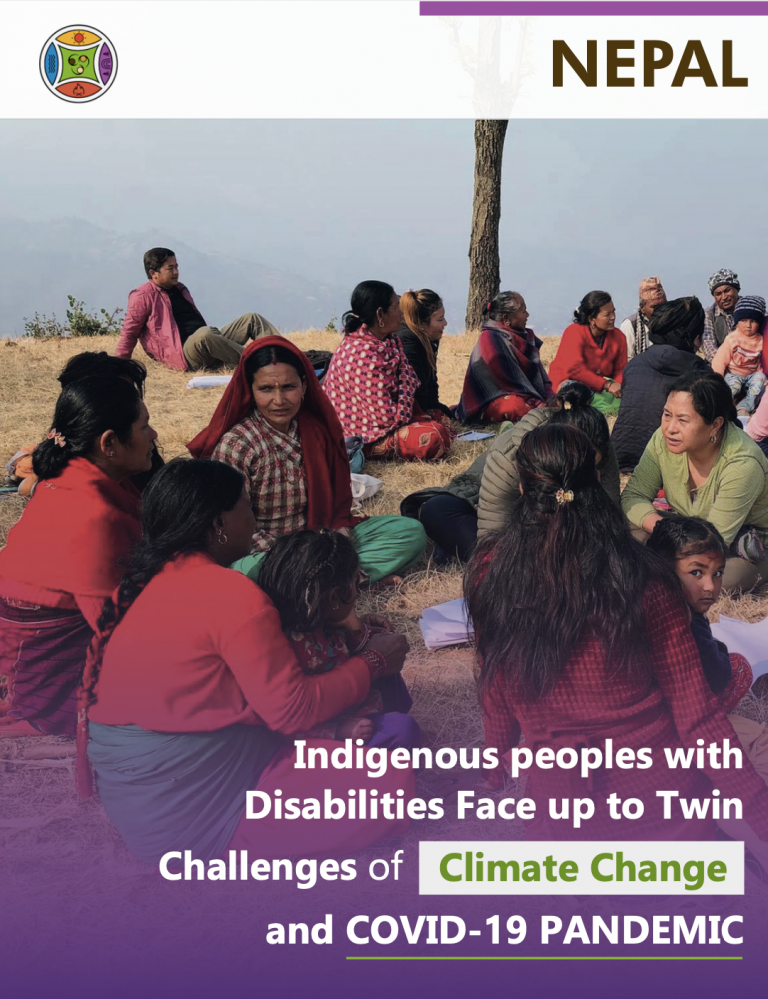
Indigenous Peoples with Disabilities Face up to Twin Challenges of Climate Change and Covid-19 Pandemic
The double hazards of climate change and the Covid-19 pandemic and their impacts are twice as much difficult on Indigenous Peoples. With the high rate of poverty and inaccessibility of basic social services, plus consequences of destructive projects being implemented in their territories, the burden is unmistakably challenging. What more for Indigenous Peoples with disabilities
